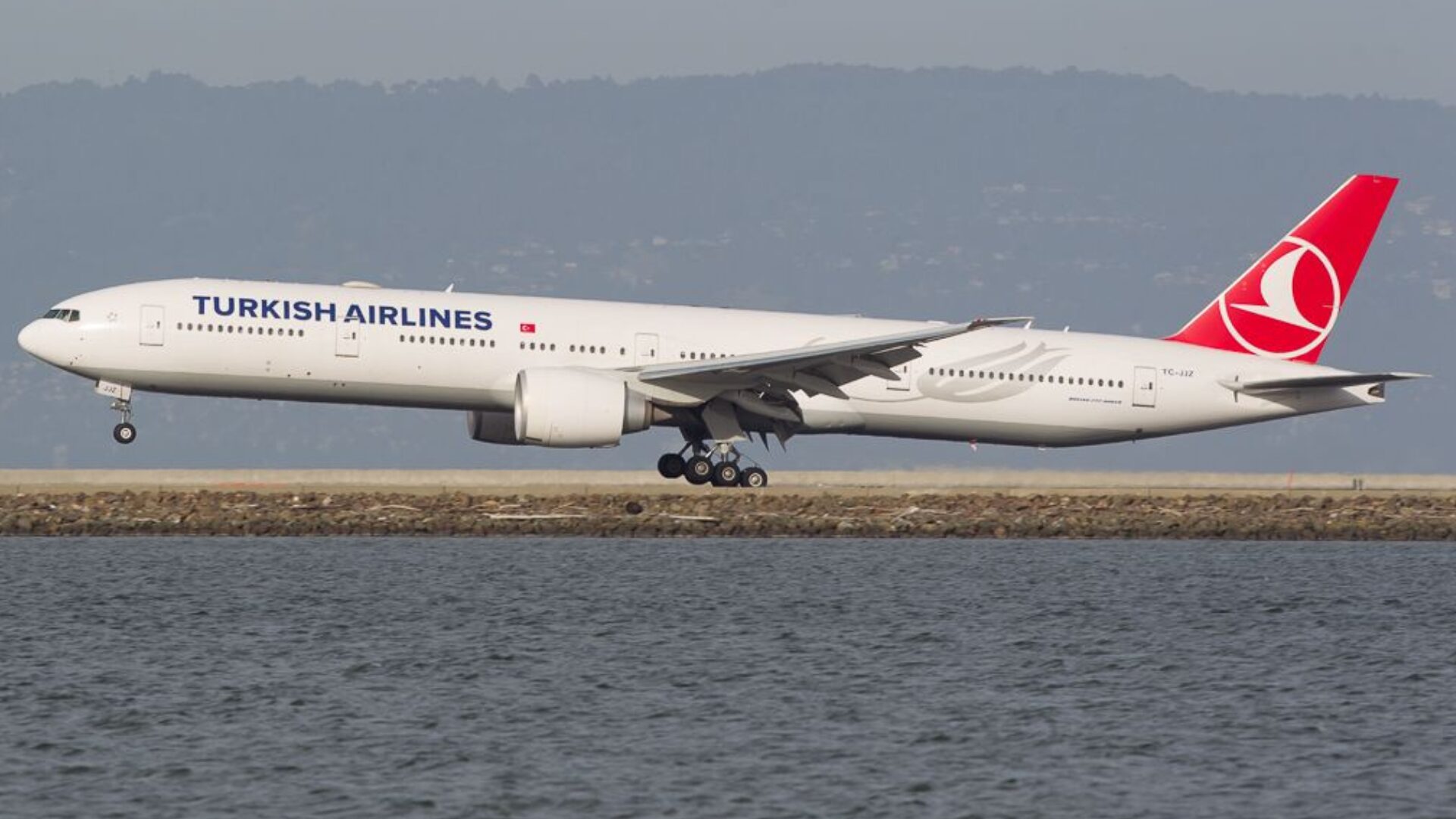A Turkish Airlines flight from Istanbul to San Francisco faced a medical emergency on July 13 when a passenger died mid-flight. Weeks later, the whereabouts of the deceased passenger’s body remain unknown, as reported by The New York Post.
According to aviation tracking site Aviation A2Z, the incident occurred during Flight TK79, an international route across the Atlantic Ocean.
The passenger reportedly “suffered a severe medical emergency,” prompting the crew to consider diverting the plane to Keflavik Airport in Iceland.
Trump’s Sovereign Wealth Fund: What Could It Mean For Your Money?
Despite the initial plan to reroute, the crew ultimately decided to continue flying west, entering U.S. airspace. The flight landed at Chicago O’Hare International Airport, where it was believed the deceased passenger’s body was removed from the aircraft.
“The crew opted to land at CHICAGO O’HARE (ORD), a major international hub capable of handling emergency landings with adequate medical support and facilities,” Aviation A2Z reported.
The cause of the medical emergency has not been disclosed. It is also unclear whether an autopsy was performed or what happened next with the remains.
Standard protocol in such cases requires the local medical examiner’s office to take custody of the body.
This Could Be the Most Important Video Gun Owners Watch All Year
However, a spokesperson for the Cook County Medical Examiner’s Office, Natalia Derevyanny, told SFGATE that they have no record of receiving a body from the Turkish Airlines flight and no case that matches the incident.
Turkish Airlines station manager Ertugrul Gulsen confirmed the flight’s diversion to Chicago and stated that the remains were later transported on a separate flight to San Francisco. No further details were provided.
As of now, the location of the deceased passenger’s body remains unconfirmed. Turkish Airlines has not responded to multiple requests for comment.
In-flight medical emergencies are not uncommon. According to data from the Centers for Disease Control and Prevention (CDC), such events occur on approximately 1 in every 600 commercial flights, or 16 cases per million passengers.

Fatal outcomes, however, are much rarer, occurring in about 3 out of every 1,000 medical incidents.
A 2021 study published in The American Journal of Emergency Medicine noted that while in-flight emergencies occur with some frequency, deaths aboard commercial aircraft are rare.
Most in-flight fatalities are linked to cardiac arrest, typically involving passengers with preexisting heart conditions worsened by high altitude and limited mobility.
Earlier this year, on March 25, a 67-year-old woman died aboard an EasyJet flight from Tenerife, Spain, to Liverpool, England. Witnesses reported that she collapsed shortly after takeoff.
Despite efforts by passengers, including a nurse, to perform CPR, the woman was declared dead before the aircraft could land at Santiago-Rosalía de Castro Airport.
As the investigation continues, questions remain surrounding the whereabouts of the Turkish Airlines passenger’s body and how procedures may have broken down during or after the emergency landing in Chicago.
The opinions expressed by contributors and/or content partners are their own and do not necessarily reflect the views of LifeZette. Contact us for guidelines on submitting your own commentary.
Read the full article here







![Donald Trump Floats Idea of Axing Federal Tax on Sports Gambling Wins [WATCH] Donald Trump Floats Idea of Axing Federal Tax on Sports Gambling Wins [WATCH]](https://www.drewberquist.com/wp-content/uploads/2025/12/2025.12.13-01.02-drewberquist-693d63de3b799.jpg)



![Illegals in Minnesota to Get $107 Million in Taxpayer-Funded Healthcare Benefits This Year [WATCH] Illegals in Minnesota to Get $107 Million in Taxpayer-Funded Healthcare Benefits This Year [WATCH]](https://www.lifezette.com/wp-content/uploads/2025/10/2025.10.03-01.49-lifezette-68dfd47f6f788.jpg)